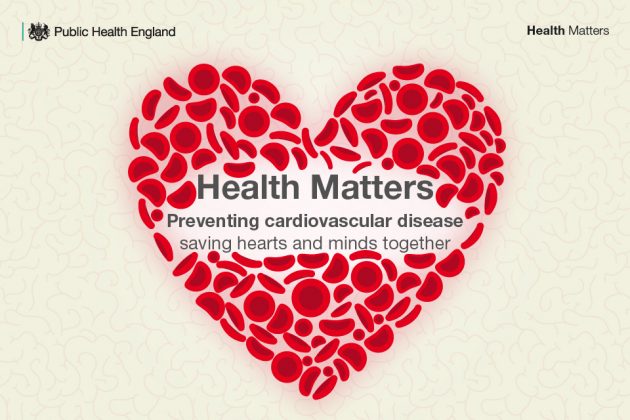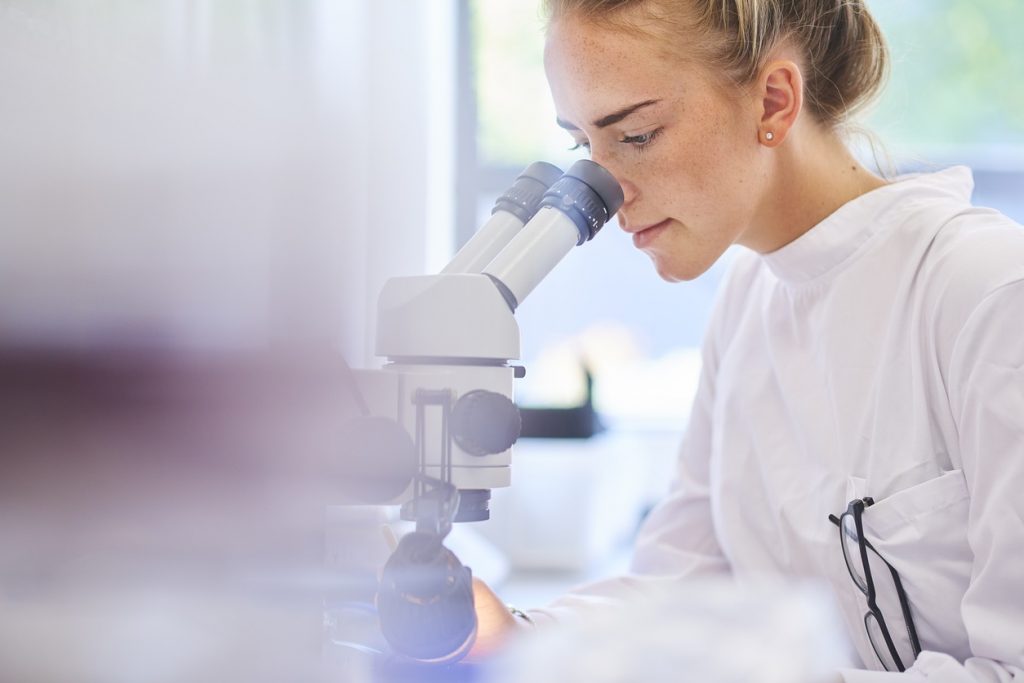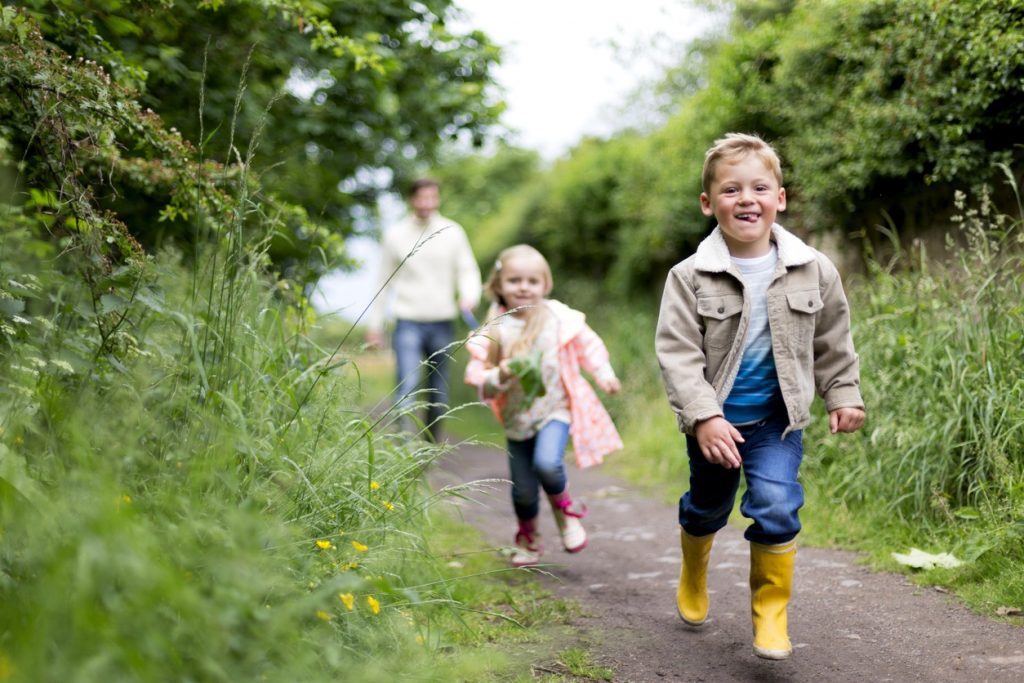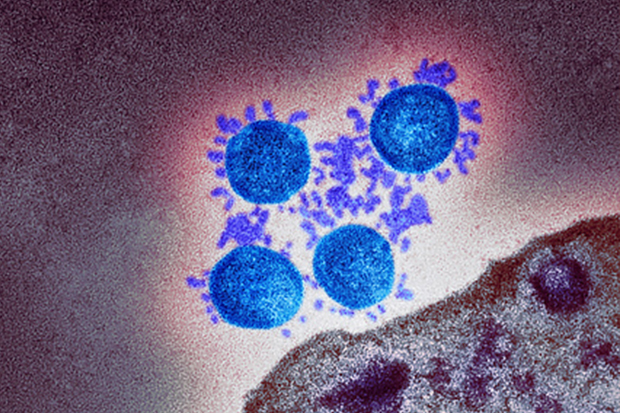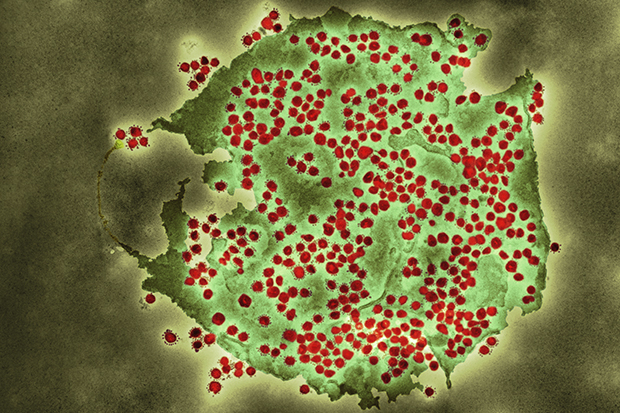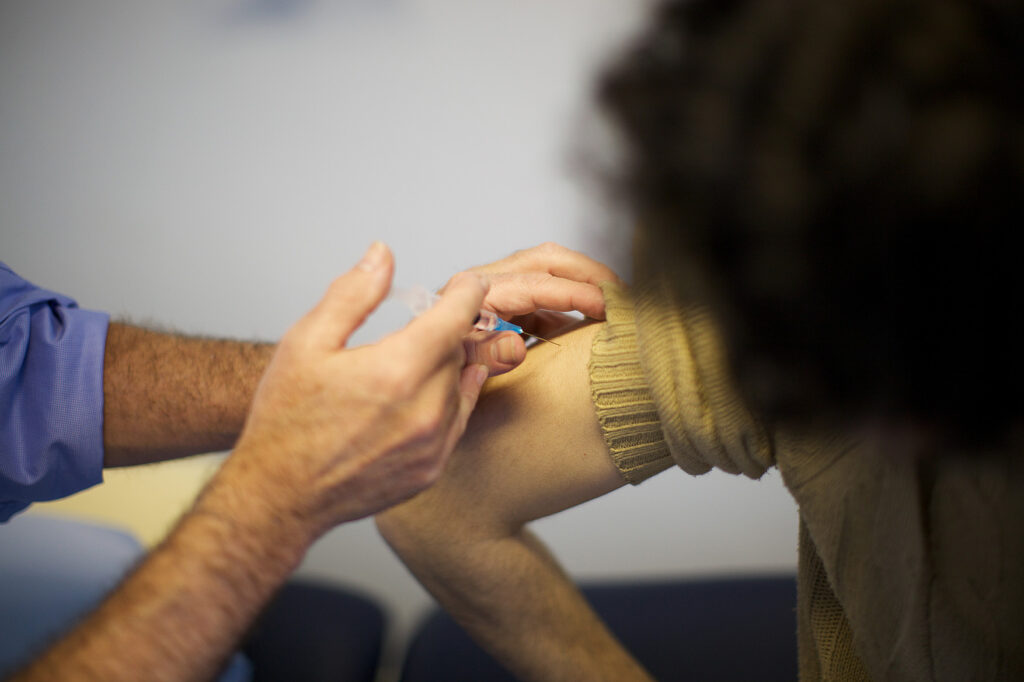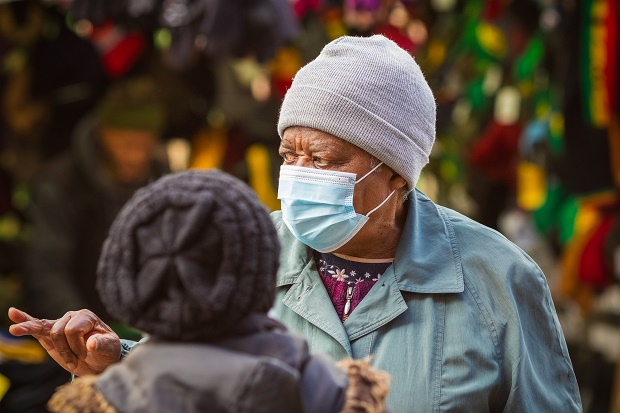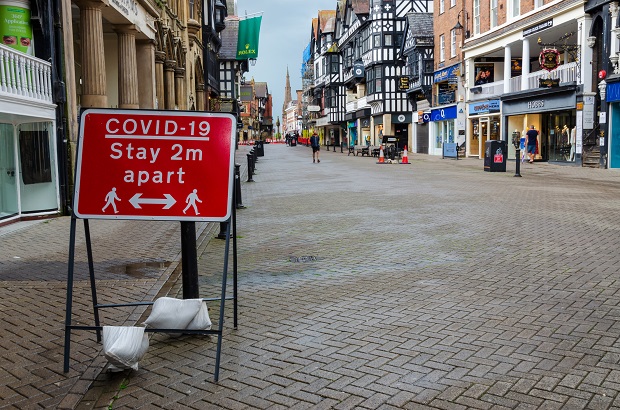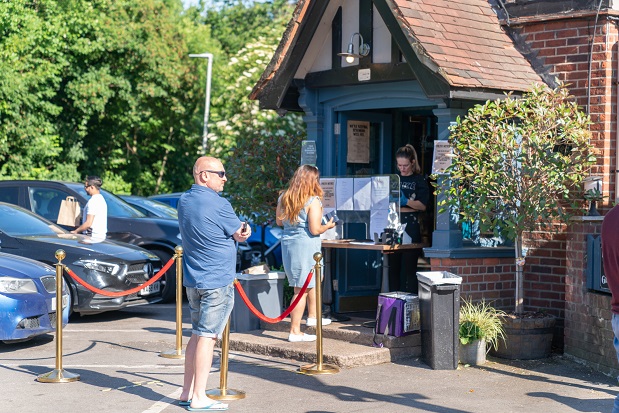Coronavirus (COVID-19)
This blog revisits the national CVD ambitions and sets out why, two years on from their publication, work across the health care and public health system which strives to achieve these goals remains vital.
To mark International Day of Women and Girls in Science, we speak to Madison Exter who tells us her story of working on the frontline against COVID-19.
There are reasons to be hopeful as we approach February half term. It is good to see the sacrifices of lockdown making a difference, but to ensure infection rates and hospital admissions continue going in the right direction, it remains as important as ever to continue following the rules.
Counting how many people have sadly died with COVID-19 is not straightforward. In this blog we look at how the measure of excess deaths can provide arguably the most comprehensive overview of the impact of the pandemic.
All viruses naturally mutate over time, and SARS-CoV-2, the virus that causes COVID-19 disease, is no exception. We've seen variants emerge in South East England, and variants first seen in South Africa, Brazil and Japan. Find out what we know so far about the new COVID-19 variants.
Right now, COVID-19 vaccines are being rolled out at pace across the UK. In this blog we answer some of the most common questions about the vaccines.
Ethnicity continues to be a major factor in the health outcomes of communities during the second wave of the COVID-19 pandemic. Find out about the work being undertaken in the capital to tackle the issues faced by Londoners from the worst affected communities and areas.
Dr Yvonne Doyle, Medical Director at Public Health England, pays tribute to the hard work of the nation’s Public Health professionals during the pandemic.
The safest way to celebrate over the festive period is to keep it short (24 hours), local and wherever possible celebrate at a distance. Read our blog for more tips on how to limit the spread of COVID-19.
The virus that causes COVID-19 is known to spread in clusters. Identifying these sources of infection is key to reducing spread and one of the best ways to do this is by looking for common exposures.
